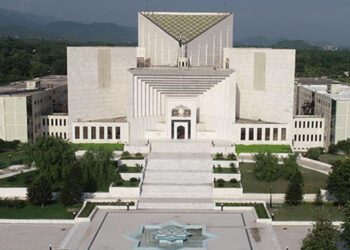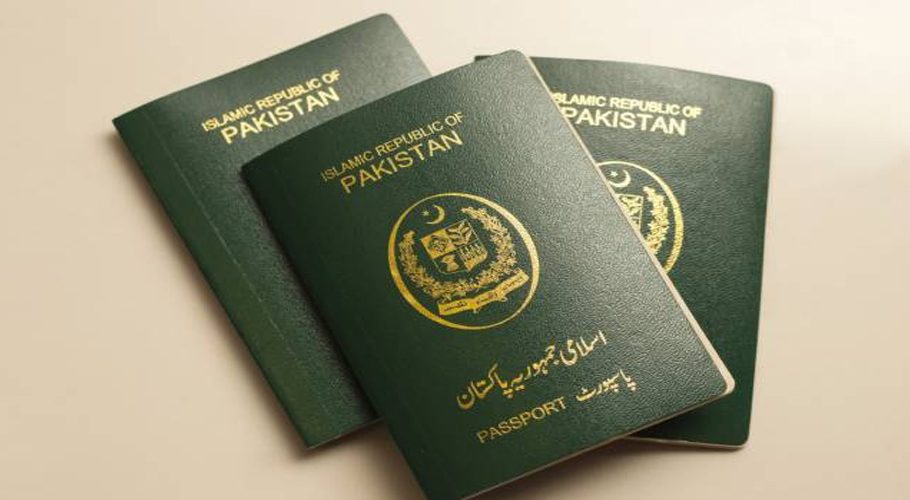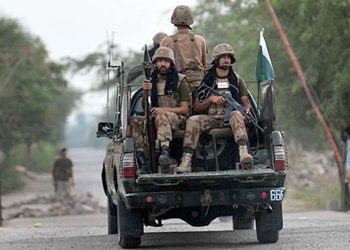Reminders of Lionel Messi and the 2022 World Cup are not hard to find in Qatar. “Last chance” tournament souvenirs greet visitors on arrival at Doha’s Hamad International Airport. In Souq Waqif — a vibrant eating and shopping area — replica World Cup trophies and shirts are on sale. Decorative footballs remain inside the metro carriages.
Elsewhere, a poster of Messi stands tall in a shopping mall, announcing the imminent arrival of a coffee house brand that sponsors Argentina’s national team.
But just over a year on, what is the real sporting legacy for Qatar after football’s showpiece was staged in the Middle East for the first time?
The country is currently playing host to another major soccer tournament, the Asian Cup, which organizers say “reaffirms Qatar’s place as a global sporting capital.”
The natural gas-rich nation certainly knows how to put on a show. State-of-the-art stadiums and public transport catered to millions of fans during the World Cup. The tournament was crowned by possibly the greatest final in its history when Messi inspired Argentina to victory over France on penalties after a 3-3 draw through extra time.
FIFA president Gianni Infantino said afterward it was “simply, the best World Cup ever.”
That is up for debate, particularly as FIFA faced intense criticism for giving the tournament to Qatar plus concerns about its treatment of migrant workers.
Yes, the World Cup produced thrilling narratives, as it invariably does; Messi finally won the one major trophy missing from his CV; and Morocco became the first African nation to reach the semifinals. But intrinsic to the delivery of any major sporting event is the question of legacy and whether the fervor generated over a few weeks of competition left a lasting impression.
In isolation, Qatar’s games at the Asian Cup suggest passion for the sport still runs high in the country. More than 82,000 watched the opening game against Lebanon at Lusail Stadium. More than 57,000 attended the host nation’s second match against Tajikistan at Al Bayt Stadium.
Organizers said 900,000 tickets were purchased before the tournament. But the huge crowds for Qatar’s games have not been the norm.
Just 4,001 attended China’s 0-0 draw with Tajikistan, though there have also been games in excess of 20,000, 30,000 and 40,000.
With an estimated population of less than 3 million people and only around 300,000 citizens, Qatar would appear to have a disproportionate number of top-class sporting venues after eight stadiums were built or redeveloped for the World Cup.
Seven of those stadiums are being deployed again for the Asian Cup and five have been used in the Qatari league. But it should be noted the delayed 2023 Asian Cup is being staged in Qatar only because original host China canceled its hosting plans due to the COVID-19 pandemic.
Focus has shifted from Qatar to Saudi Arabia since the World Cup.
A spectacular recruitment drive has seen some of the world’s top players like Cristiano Ronaldo, Neymar and Karim Benzema move to the Saudi League. More are expected to follow as the country seems intent on turning itself into a major power in the sport.
It also looks set to host the 2034 World Cup as the only candidate left in the bidding process and is staging the next edition of the Asian Cup in 2027.
Qatar describes itself as a global sporting capital and is trying to build on that reputation. The world aquatics championships come to Doha next month and the Asian Games will be here in 2030.
There is also talk of a bid for the 2036 Olympics.
Qatar Sports Investments has a strong foothold in European soccer as the owner of Paris Saint-Germain.
It is highly unlikely Qatar will ever become a global football power on the field. That is not a requirement of a World Cup host.
Nor is the Qatari league likely to challenge the popularity of the English Premier League, Champions League or even the Saudi league.
But the significance of the 2022 World Cup cannot be understated.
As the first in the Middle East, it has paved the way for attracting more major sporting events. Saudi Arabia is quickly becoming the second nation from the region to host soccer’s biggest tournament.
Barriers have been broken. It is possible to host a World Cup at a time of the year that is midway through the season for many of the world’s top leagues.


































